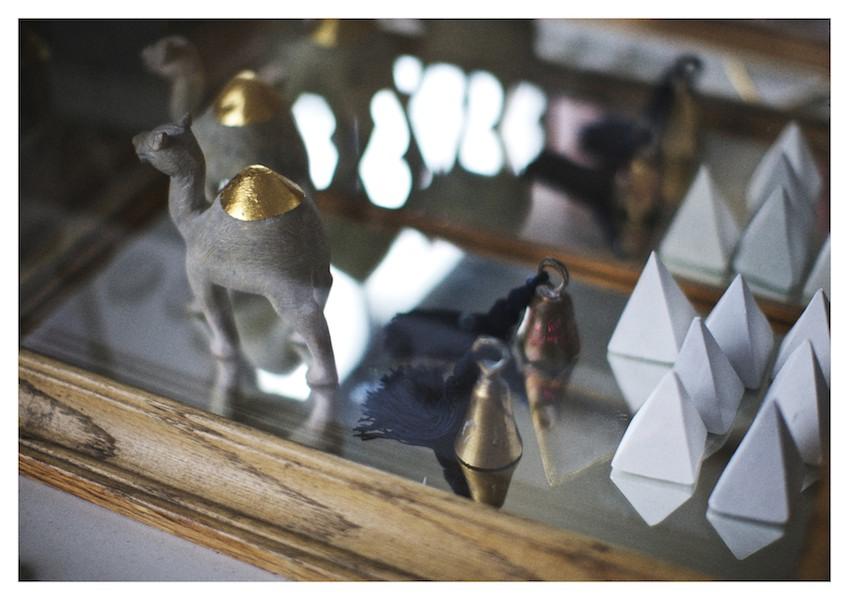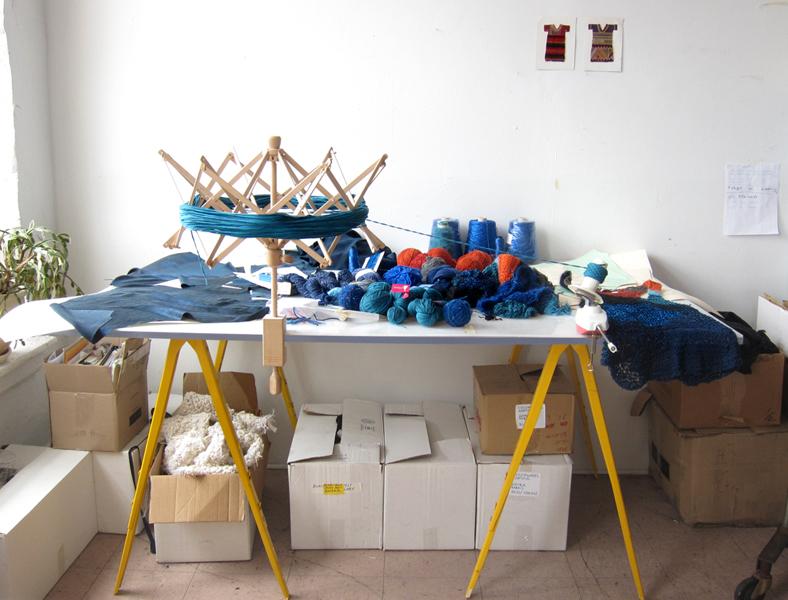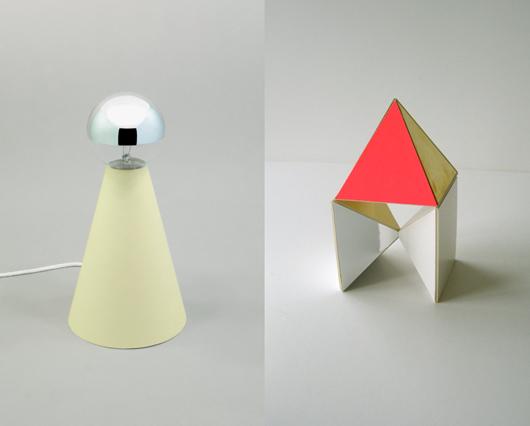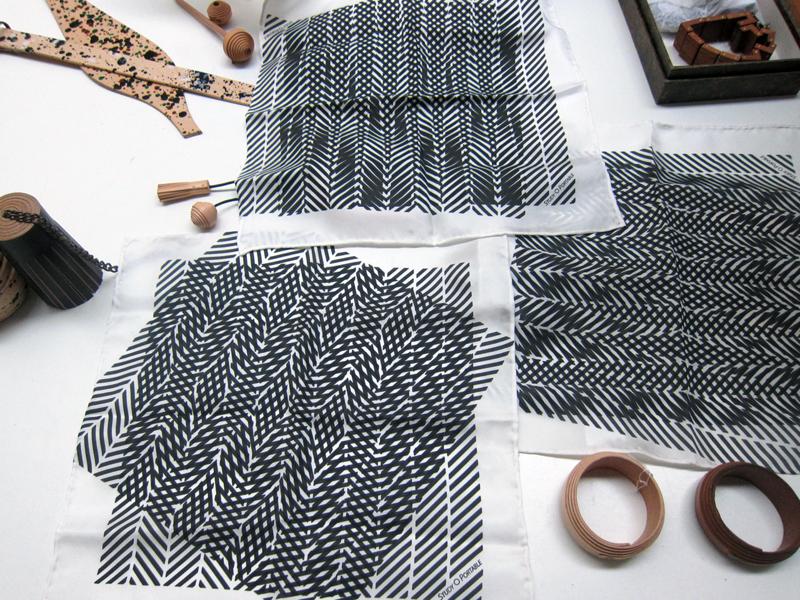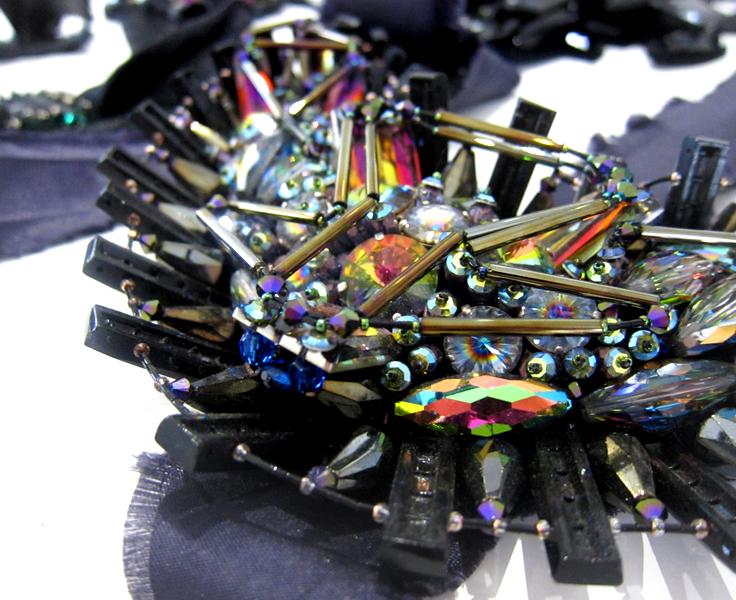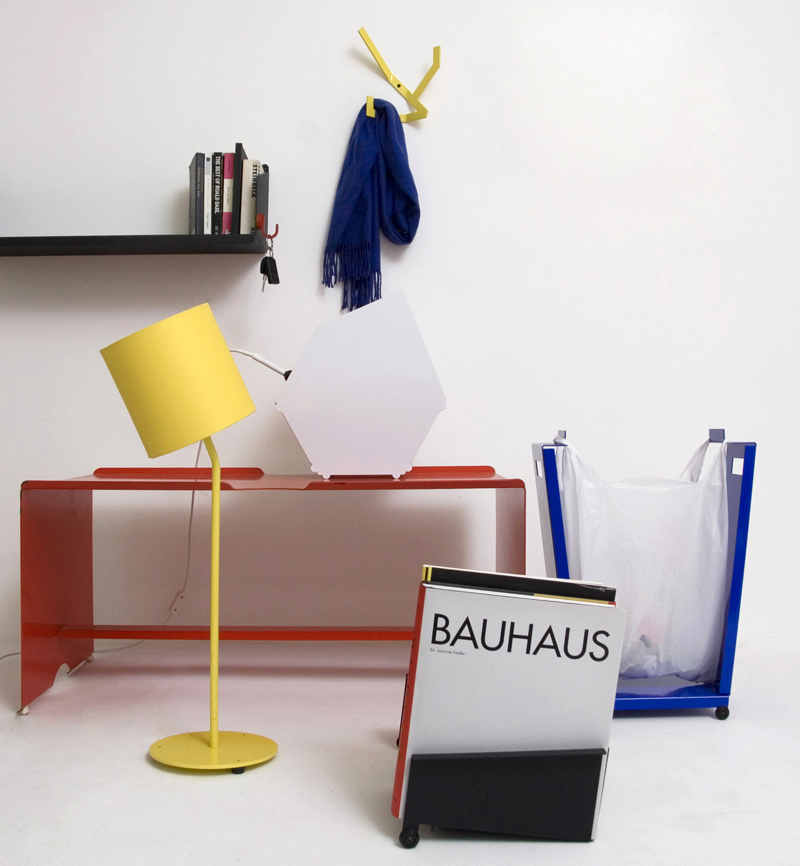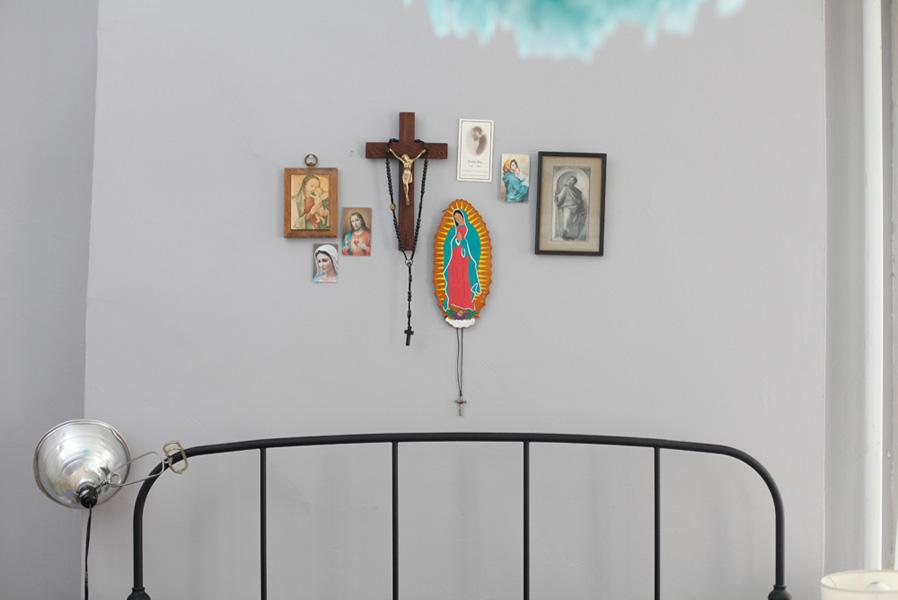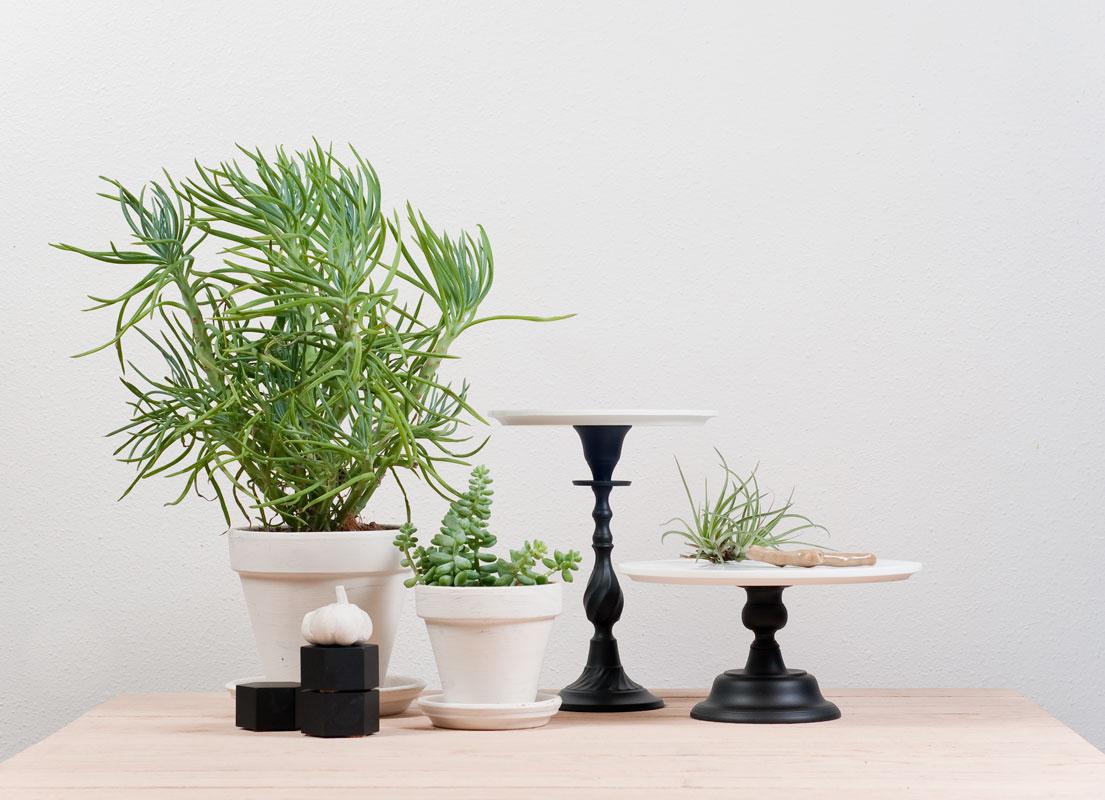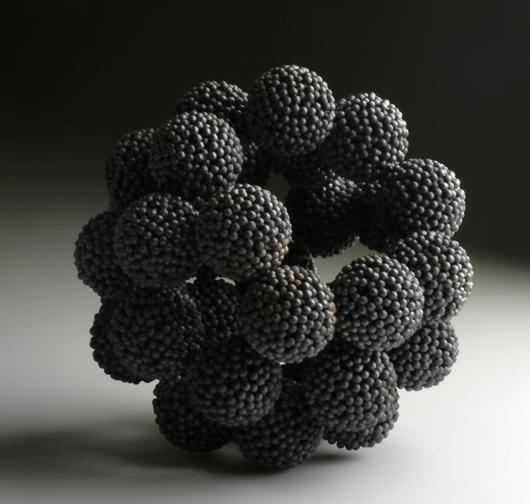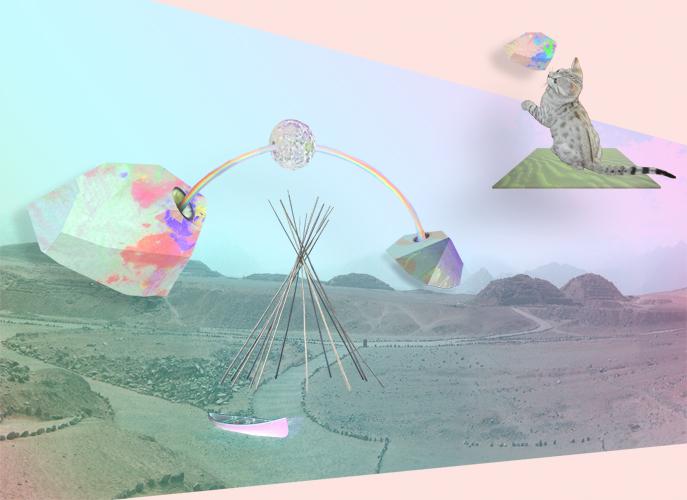A lot of designers call themselves multidisciplinary, but they’ve got nothing on Renata Abbade. A former stylist for magazines like Purple and fashion brands like VPL, the São Paulo–born, Los Angeles–based designer has spent the better part of the last decade involved in a wonderfully weird array of activities: creating a cult jewelry line in ceramics, dancing on stage at Lollapalooza with the Brazilian band CSS, starring in a series of self-produced dance and workout videos (including one for CSS, in which she wore masks depicting each of the band members’ faces), designing terrariums, landscapes, rugs, tapestries, and fabrics, DJing down in Brazil, and performing with a semi-fictitious band called High Waisted. She refers to herself both as a freestylist and a fashion artist, but in truth, what she’s often creating amounts to something more like performance art, where she is the subject, channeling personal interests and experiences into new and different media. “To me, it feels like I’m only doing one thing, even if I’m involved in a lot of different things,” says Abbade. “Like with the terrariums, it’s basically styling with plants instead of clothes, and land instead of people.”
